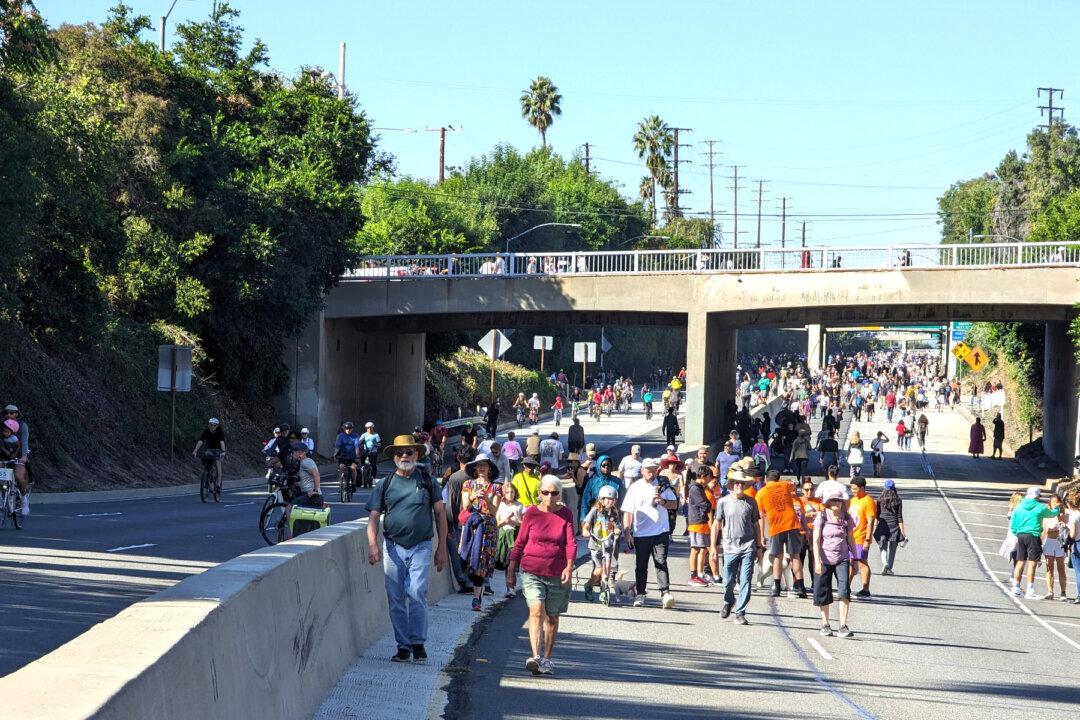Known as “the One-10,” California State Route 110—aka Arroyo Seco Parkway, aka Pasadena Freeway—is a destination.
“It’s a rite of passage to drive the 110,” I heard someone say. Adding “the” before a freeway’s name is a Southern California quirk.

Known as “the One-10,” California State Route 110—aka Arroyo Seco Parkway, aka Pasadena Freeway—is a destination.
“It’s a rite of passage to drive the 110,” I heard someone say. Adding “the” before a freeway’s name is a Southern California quirk.